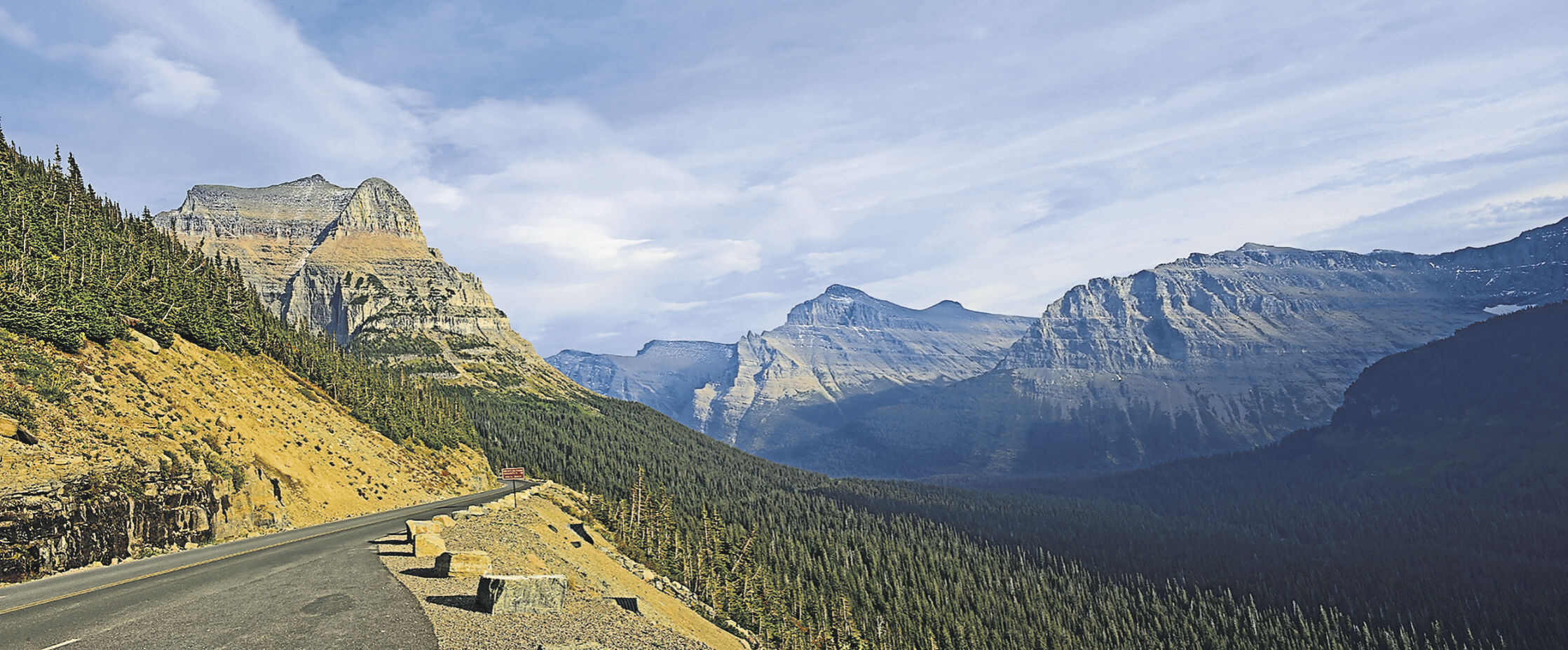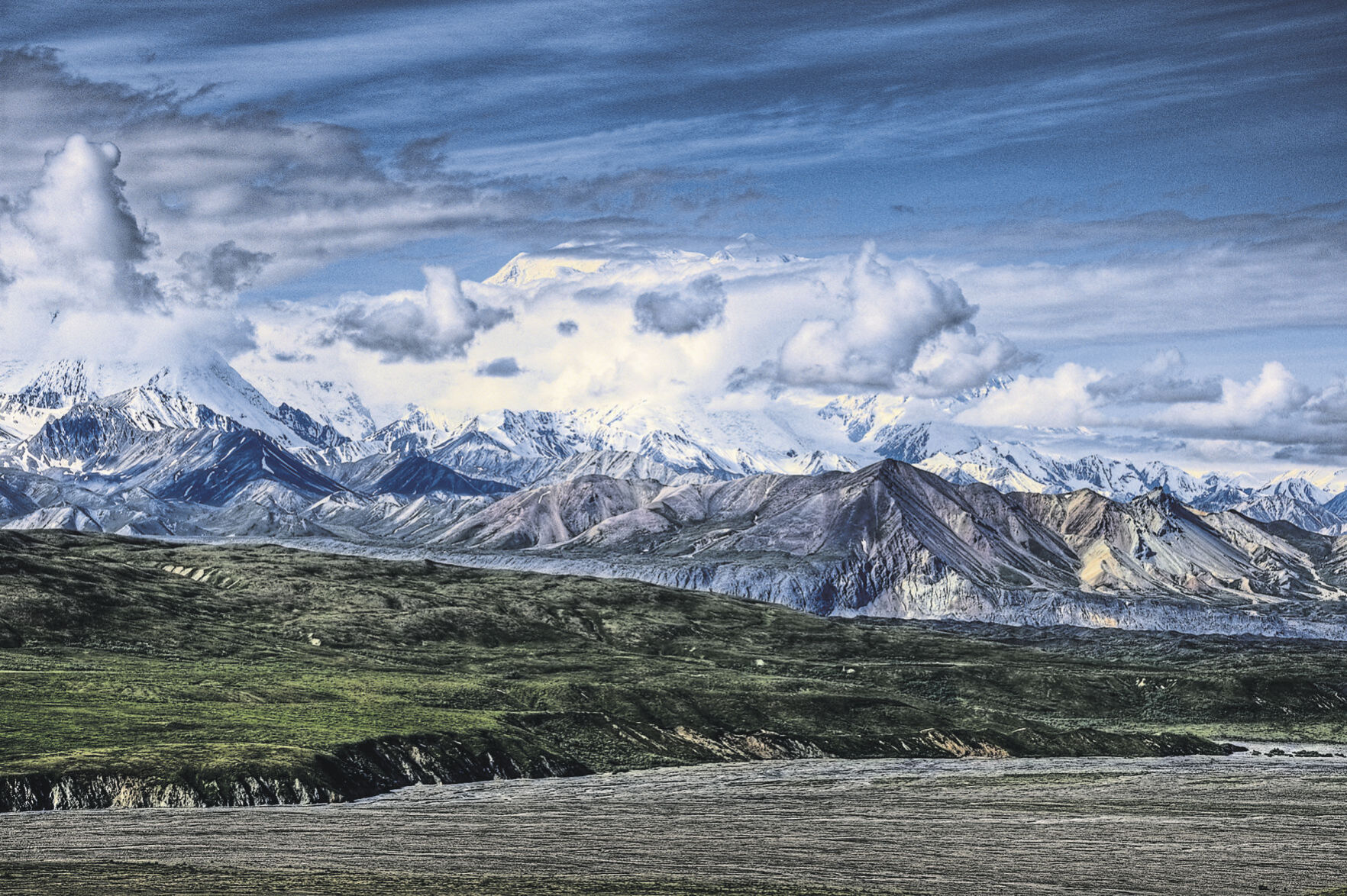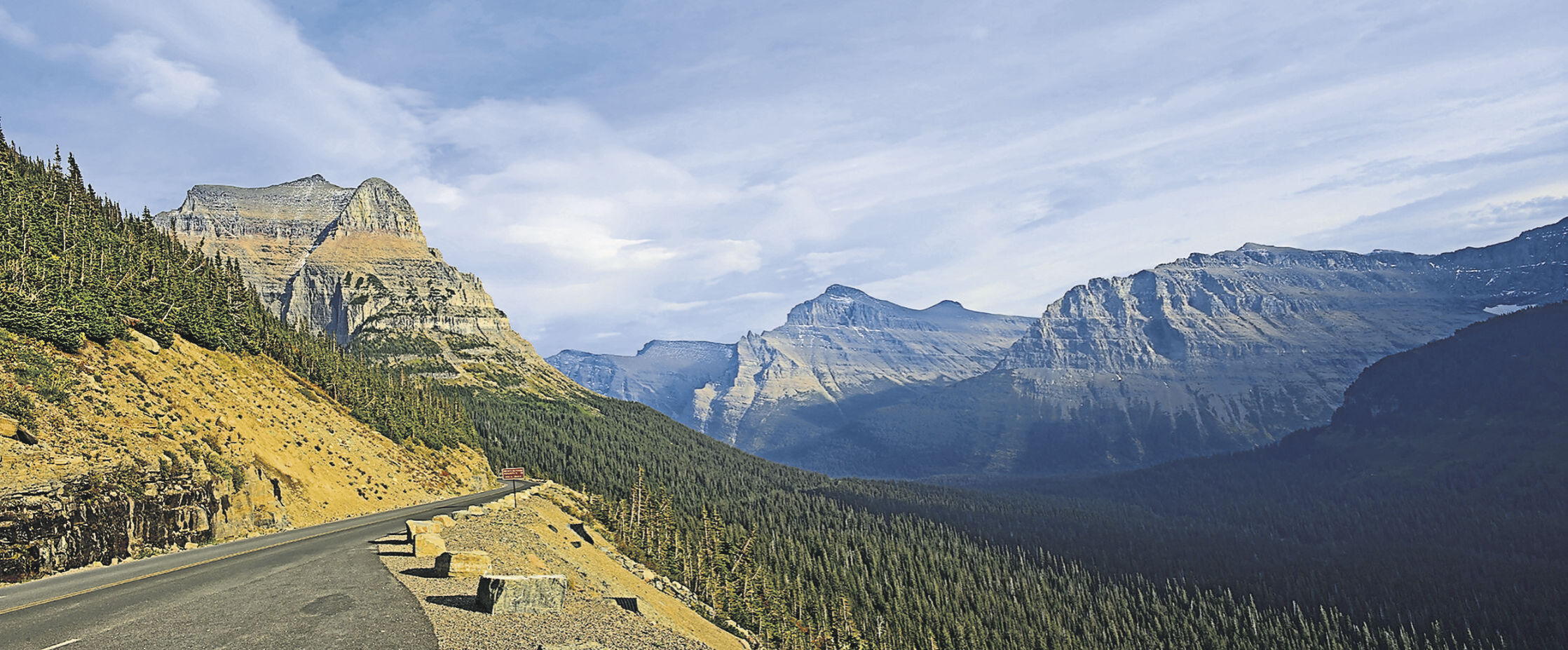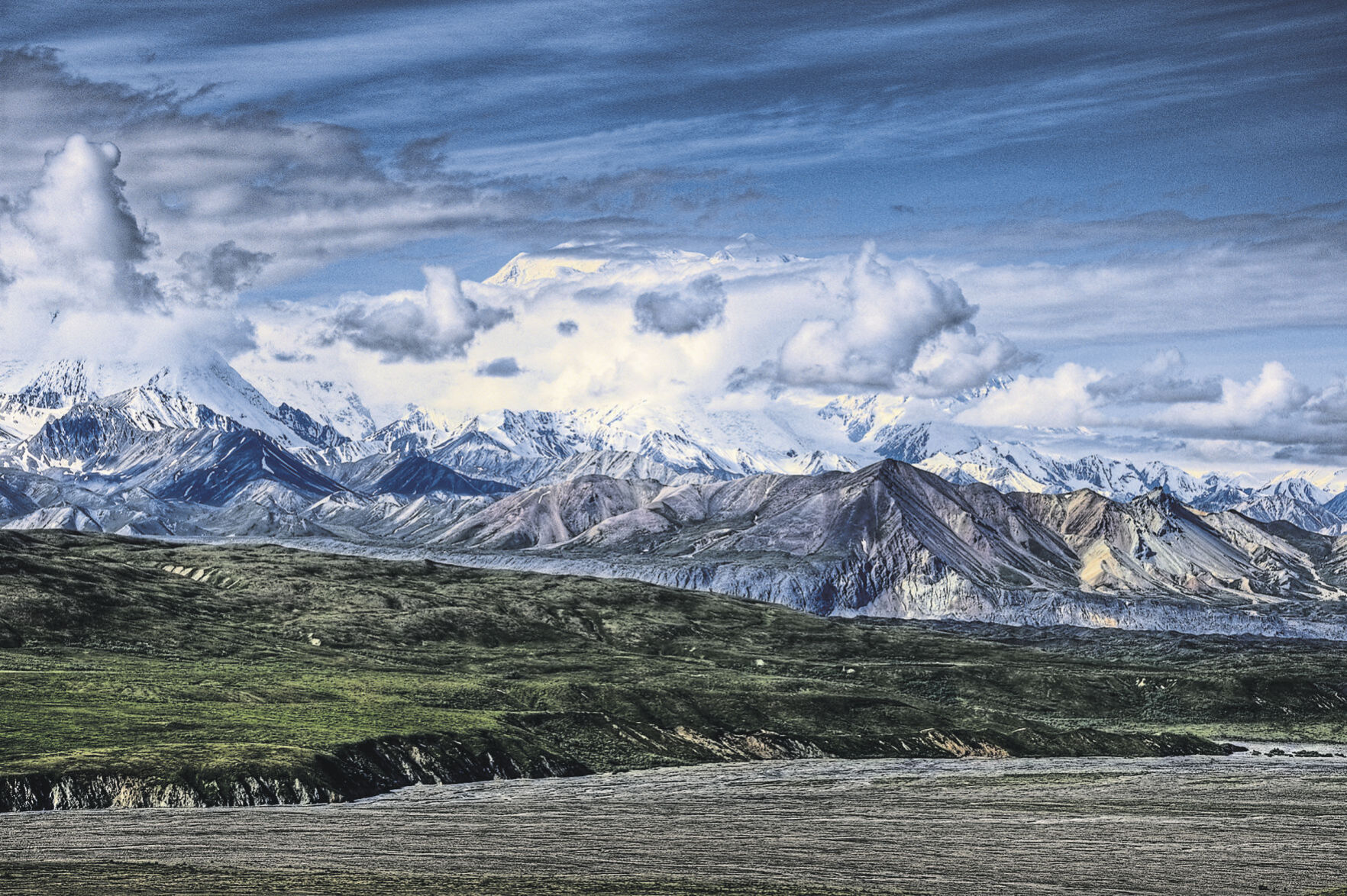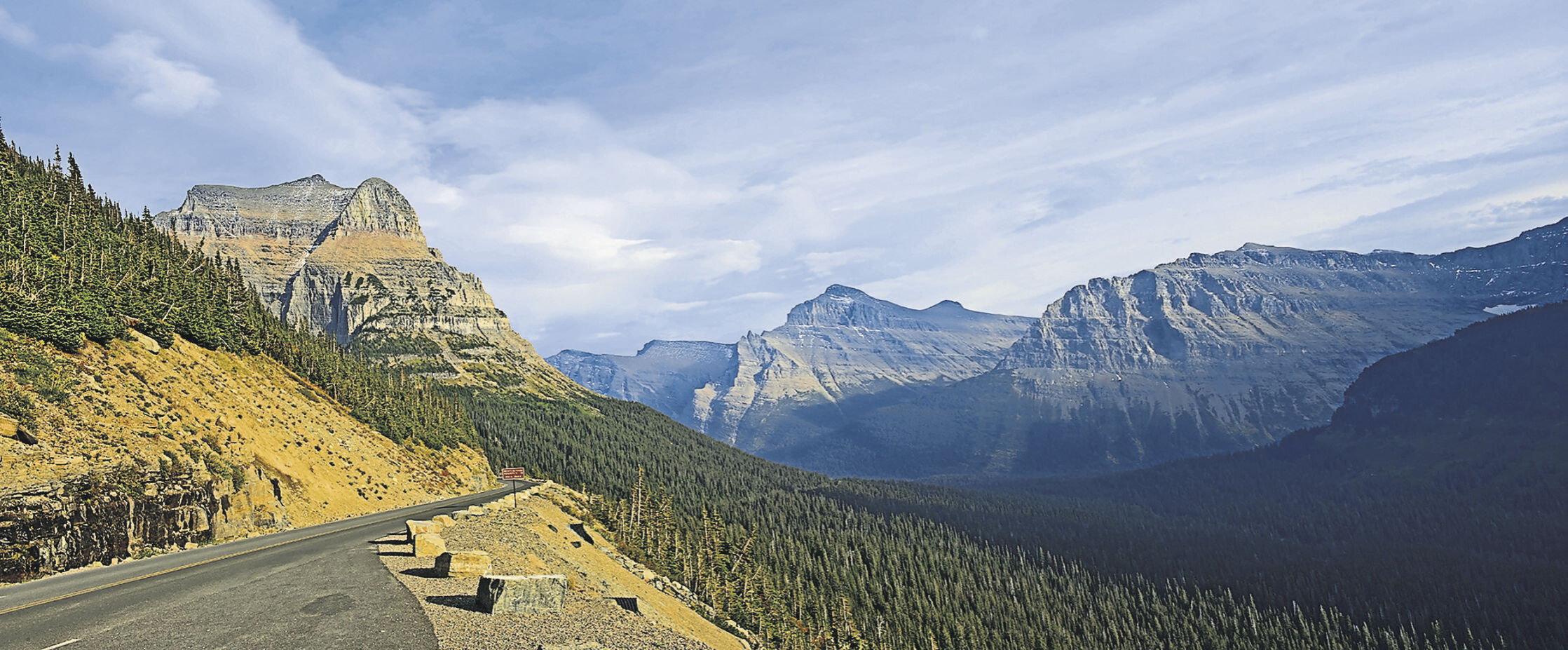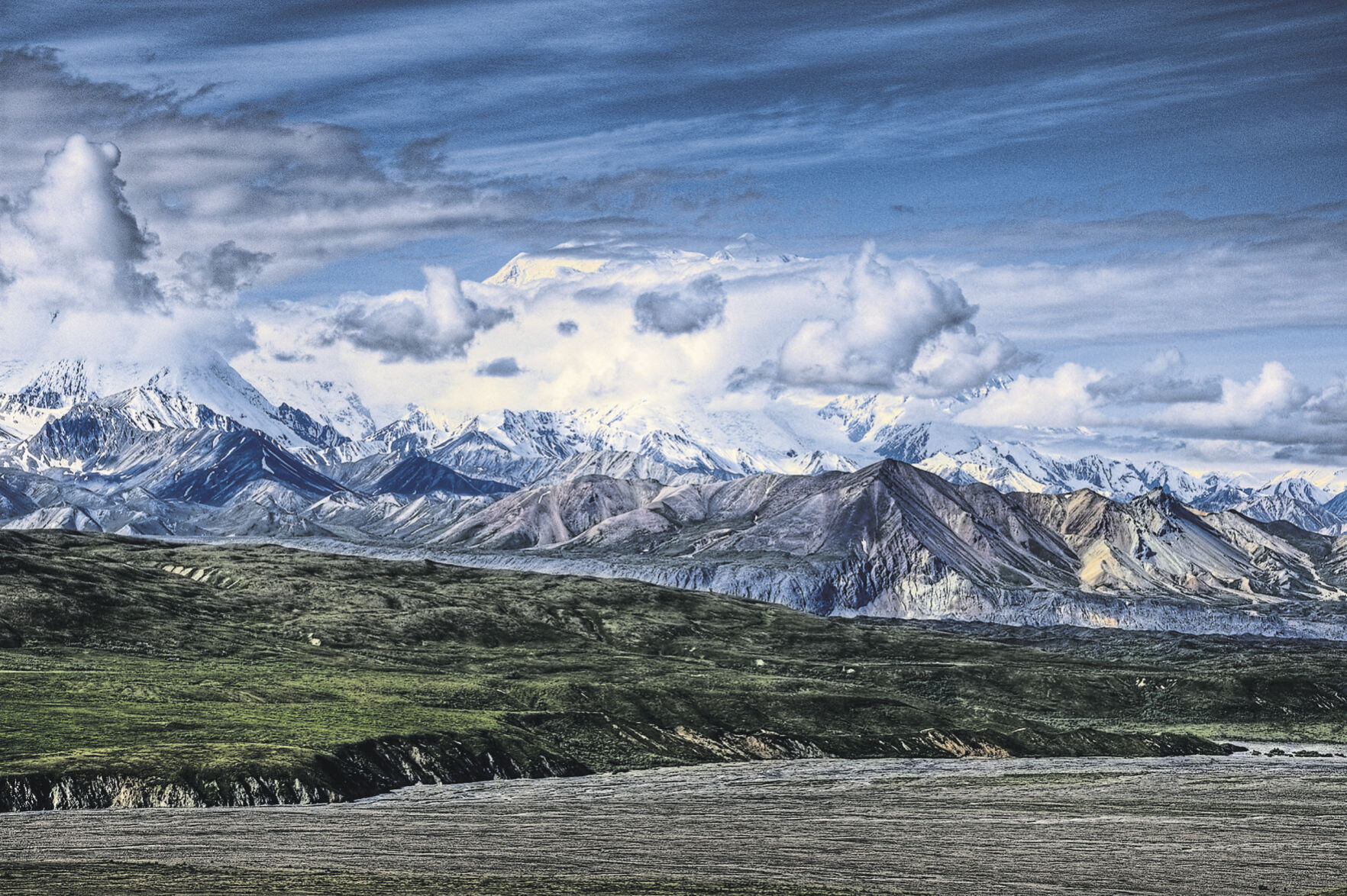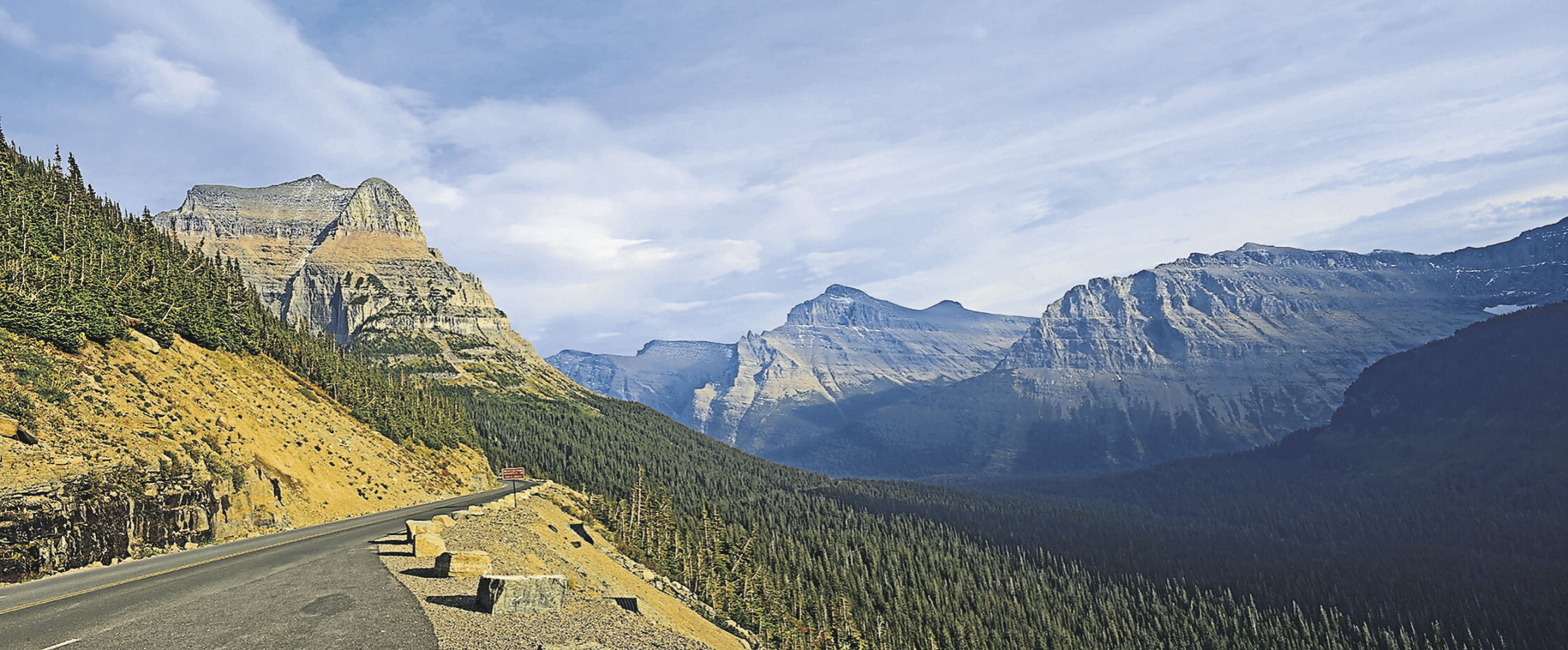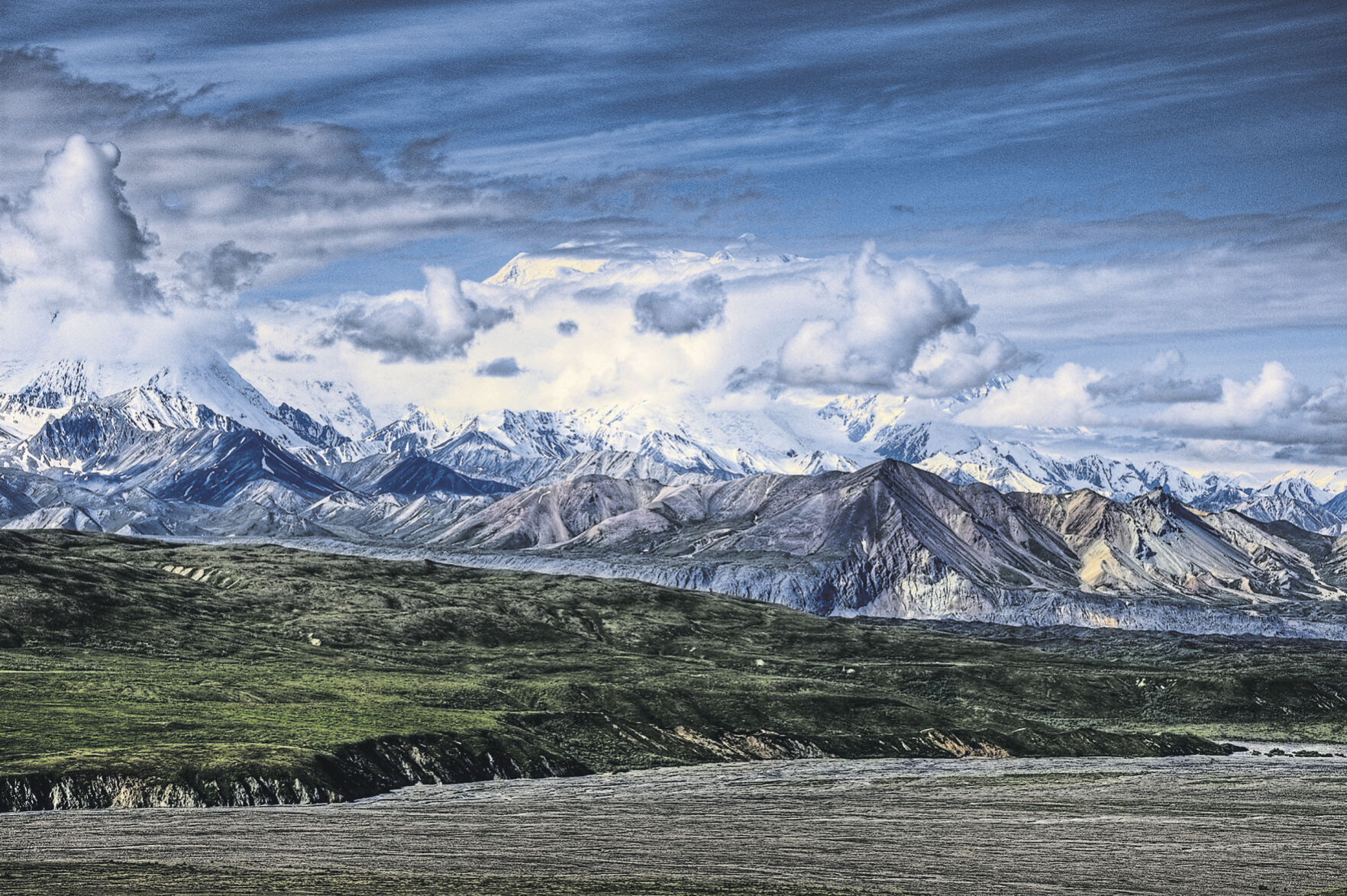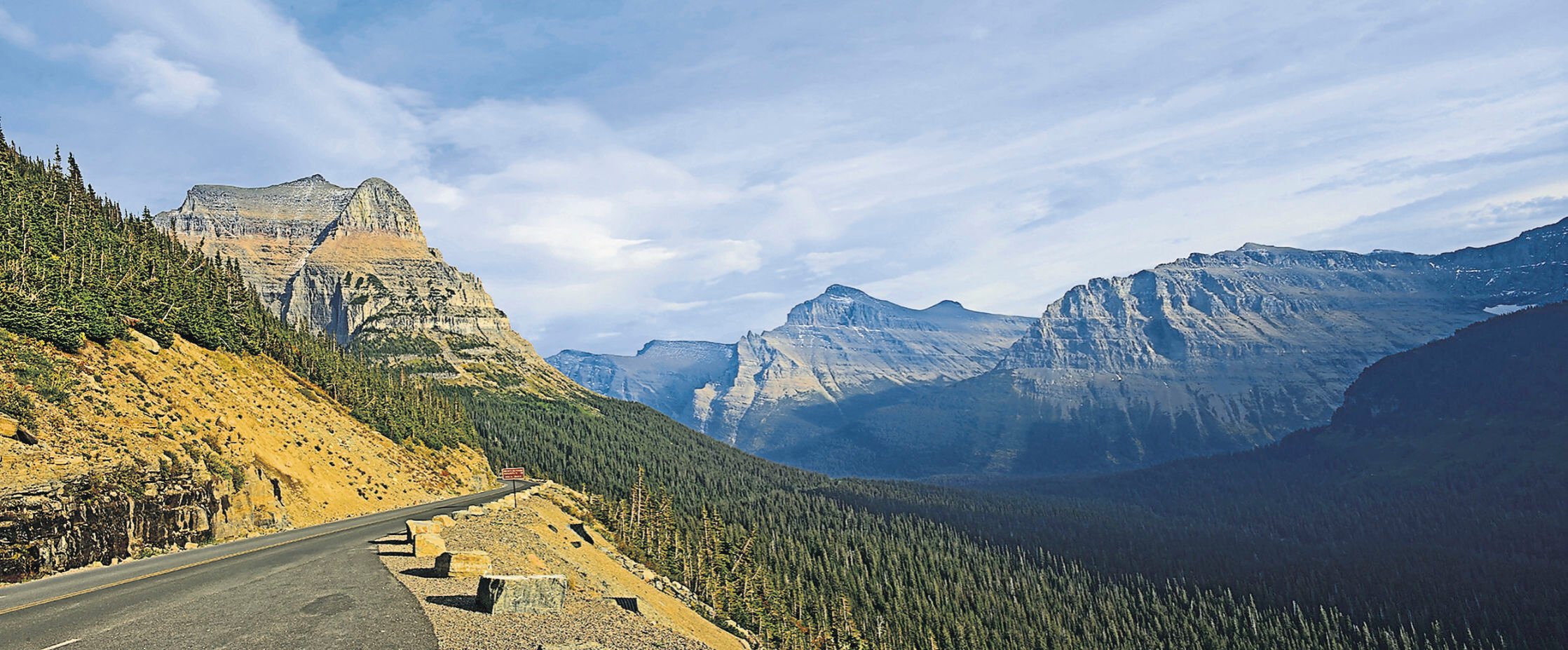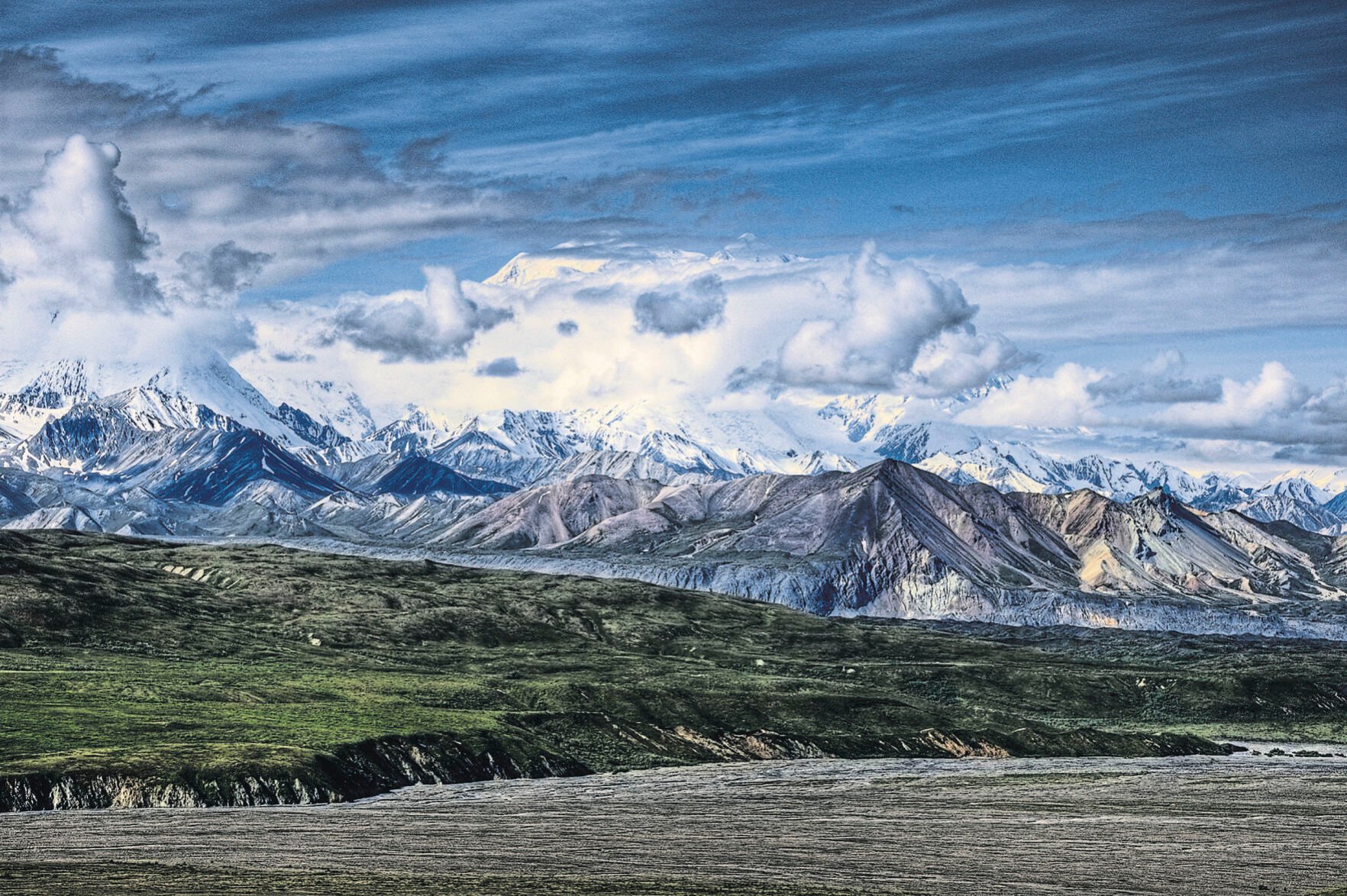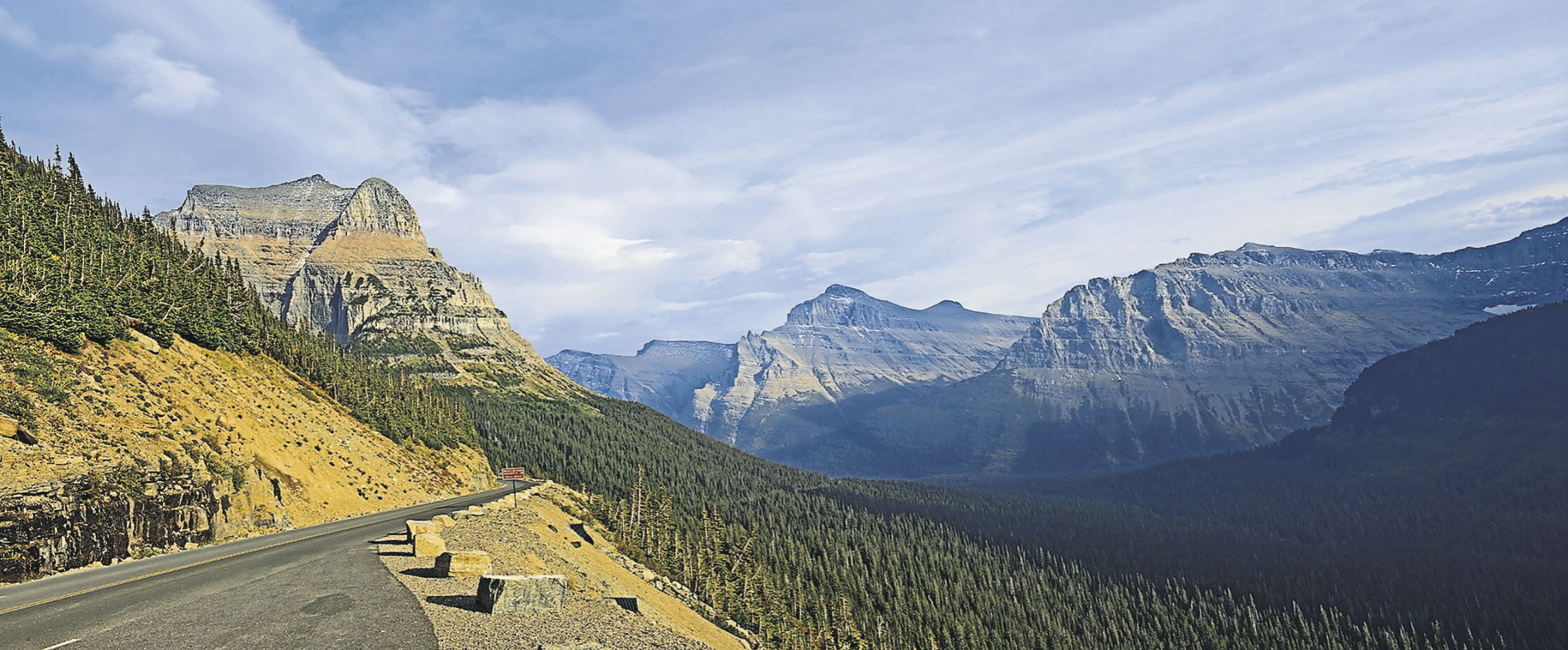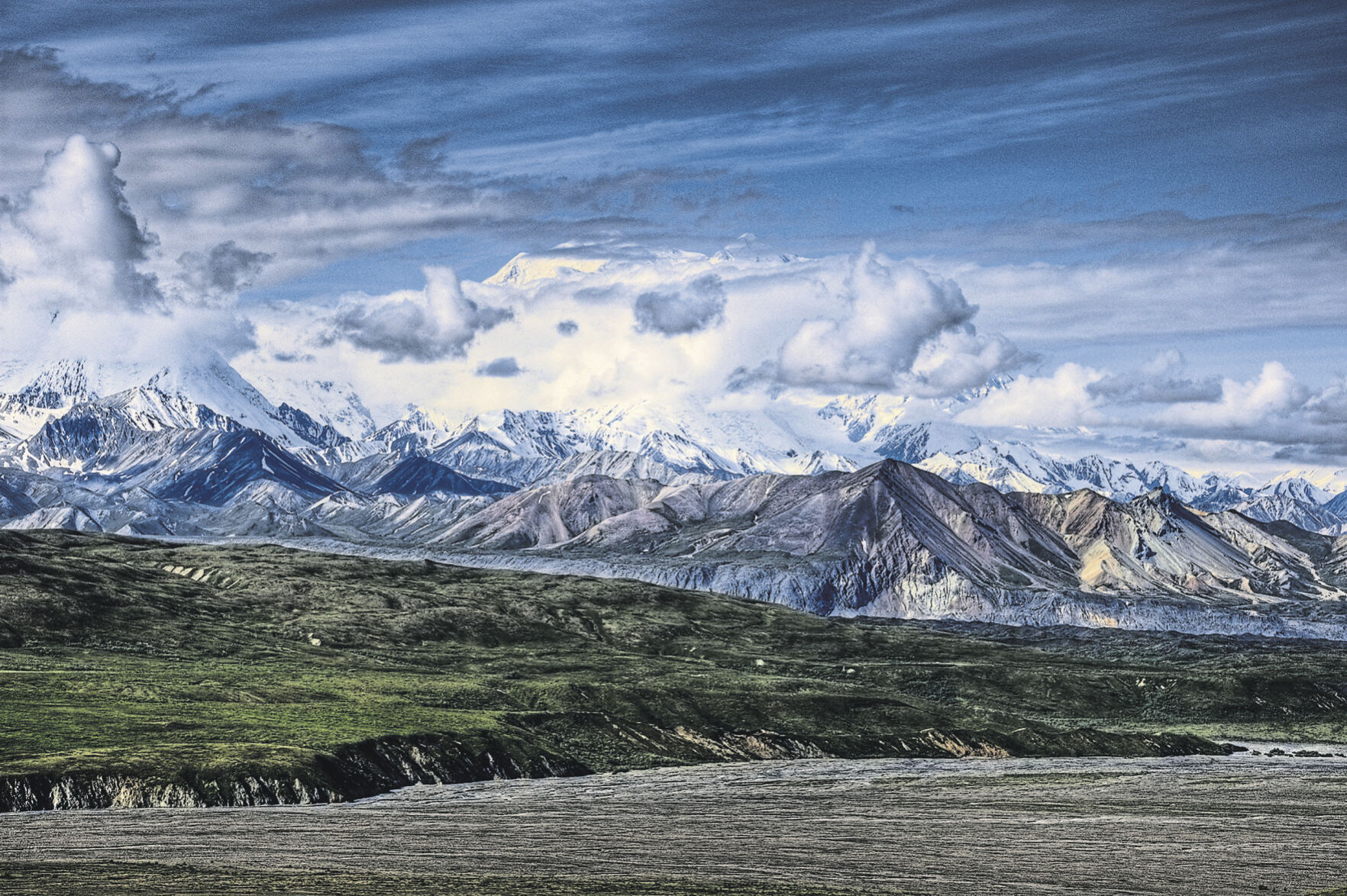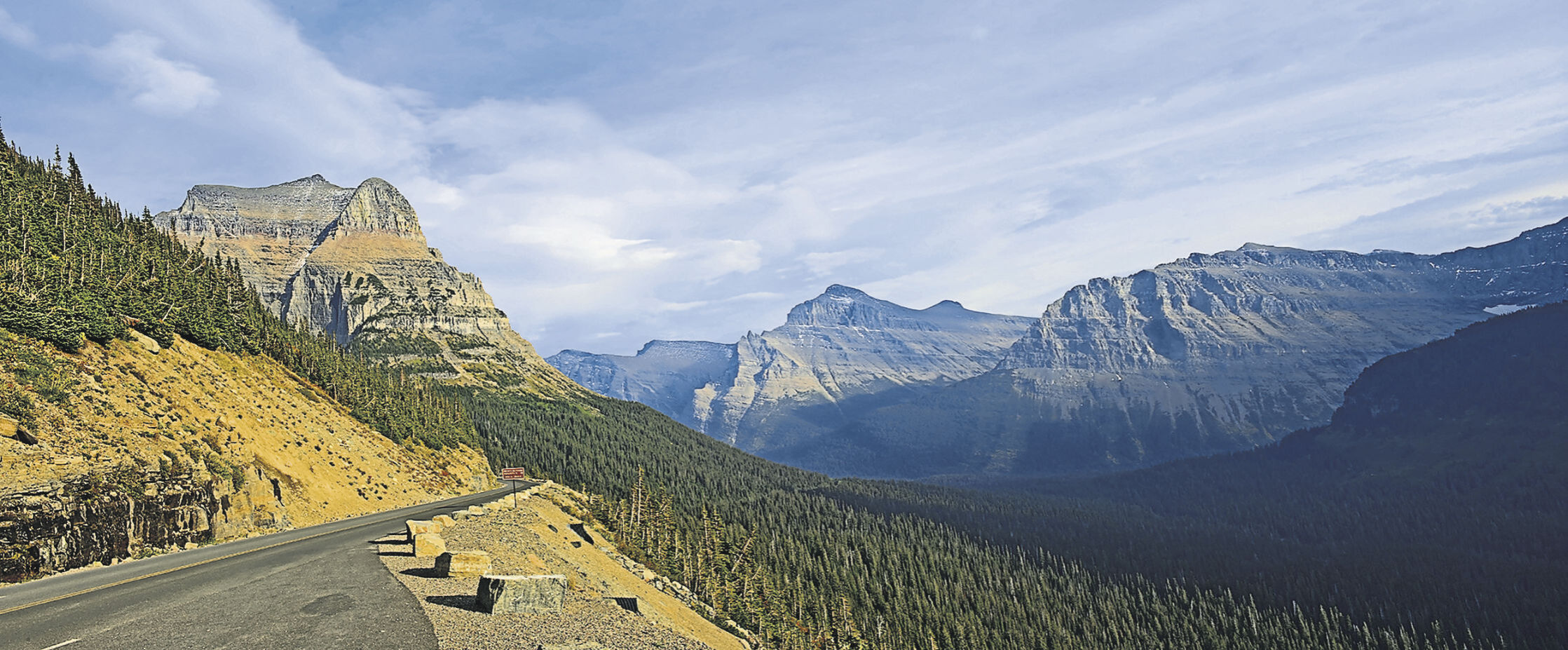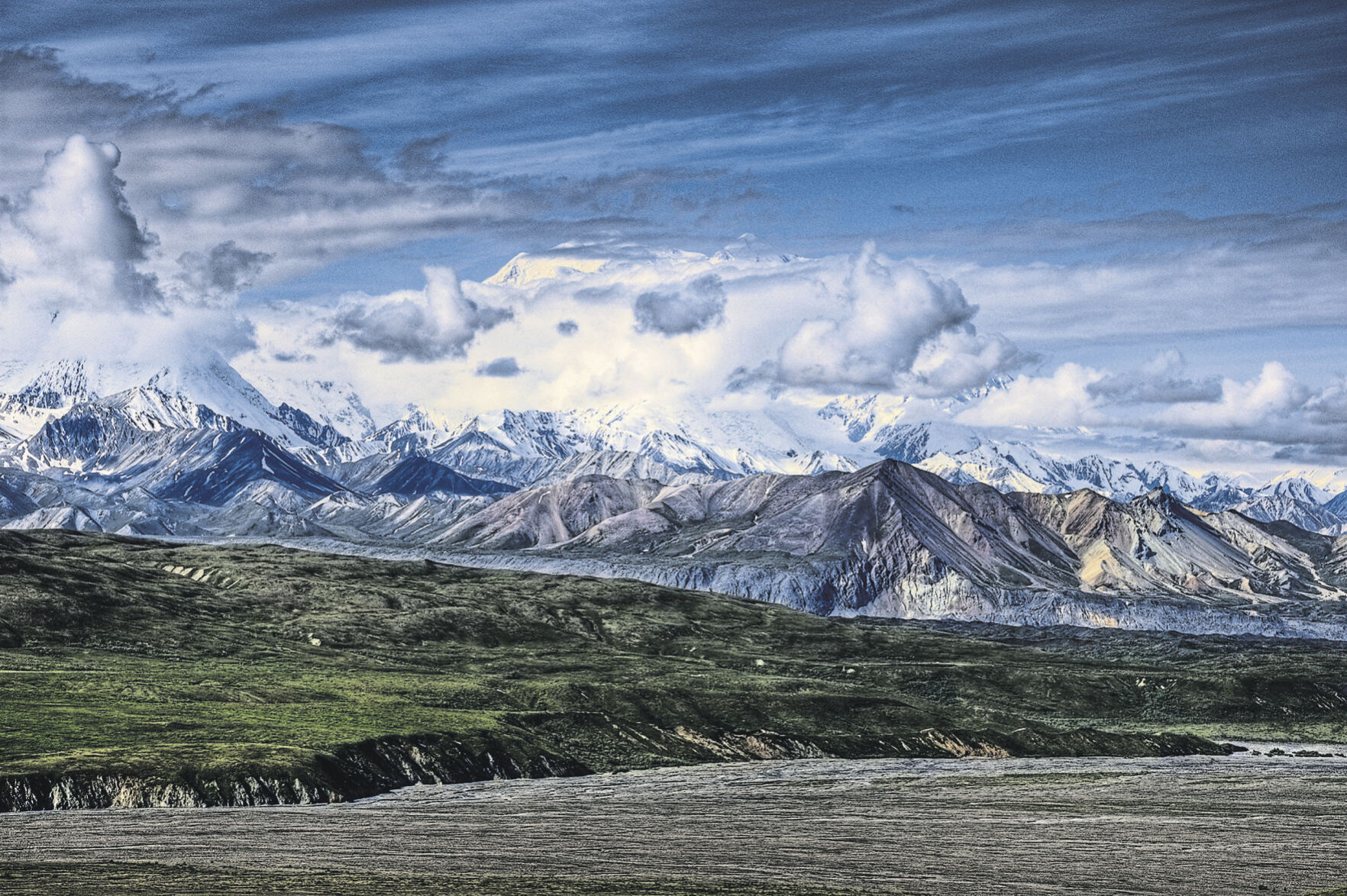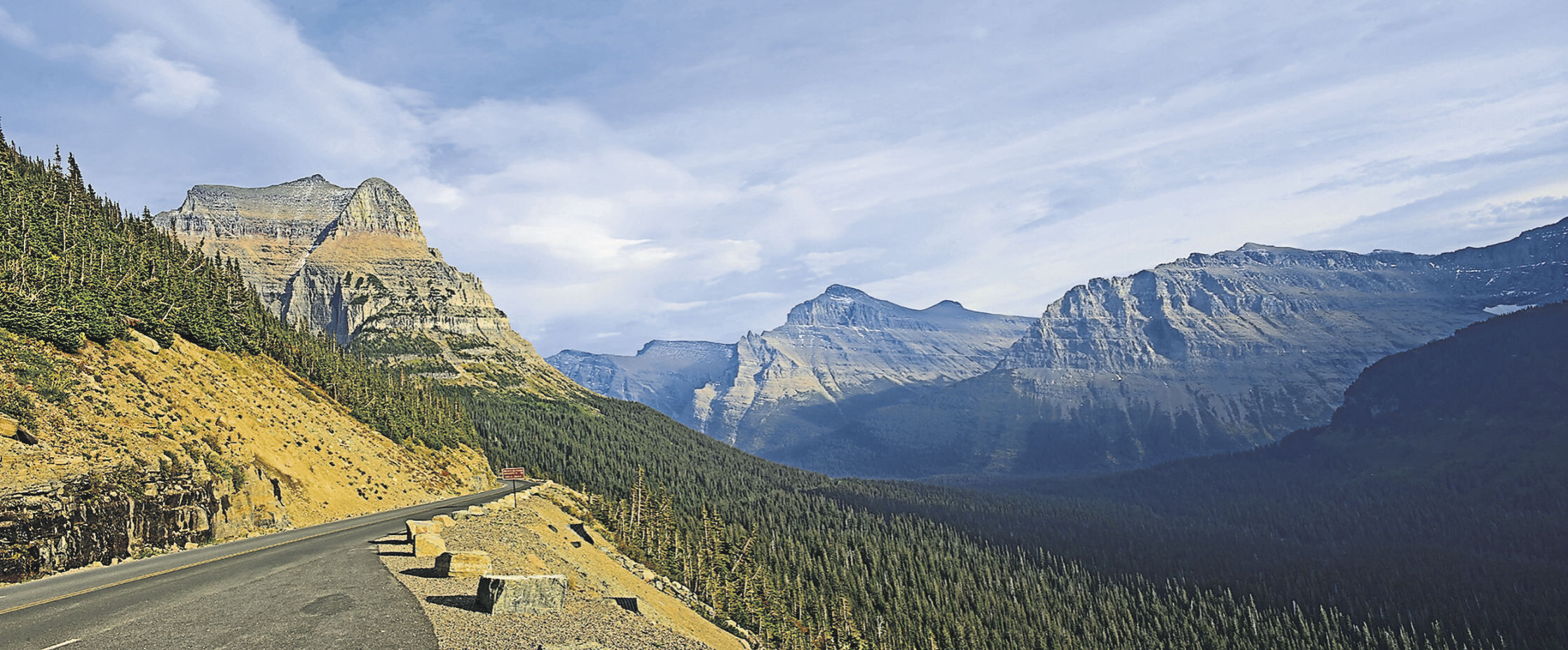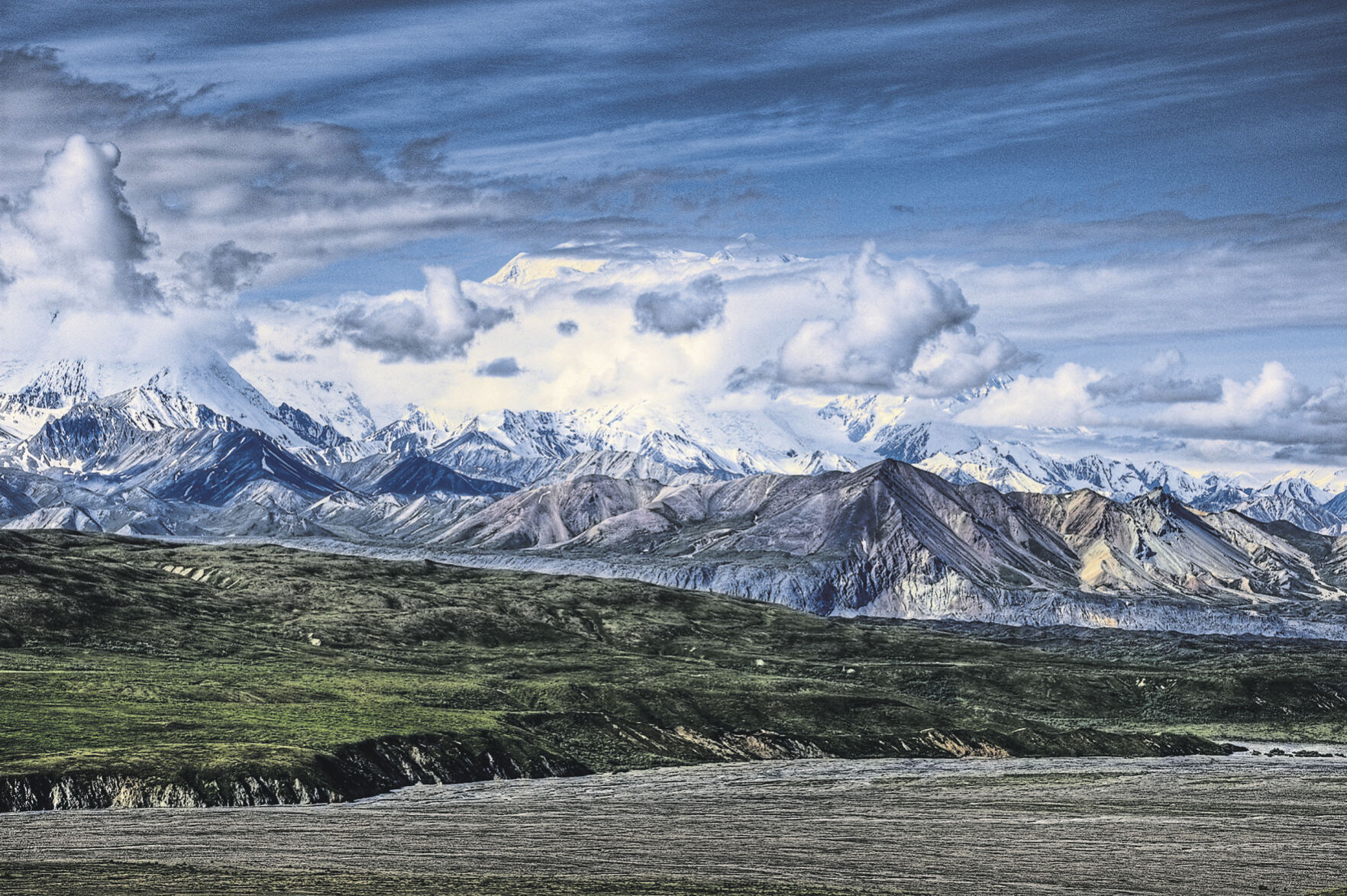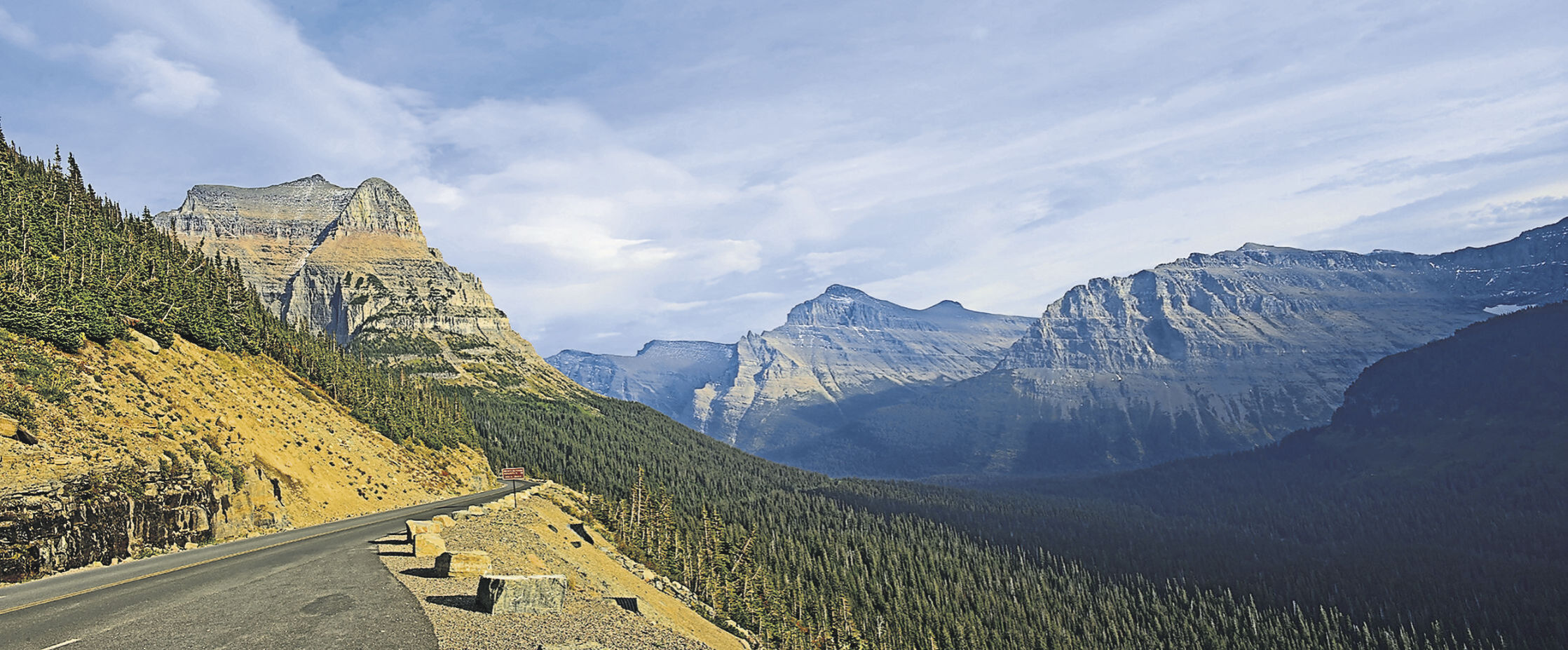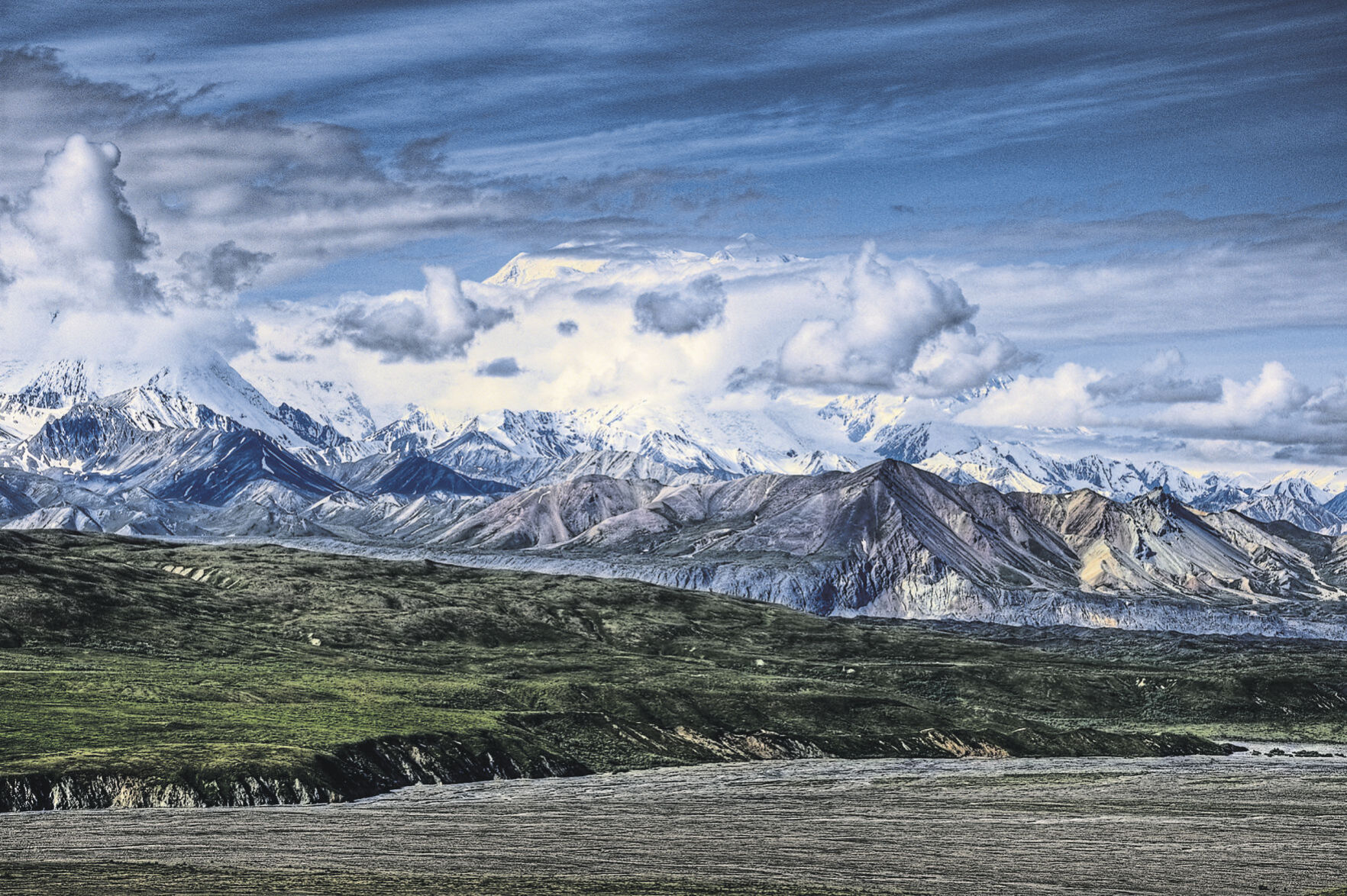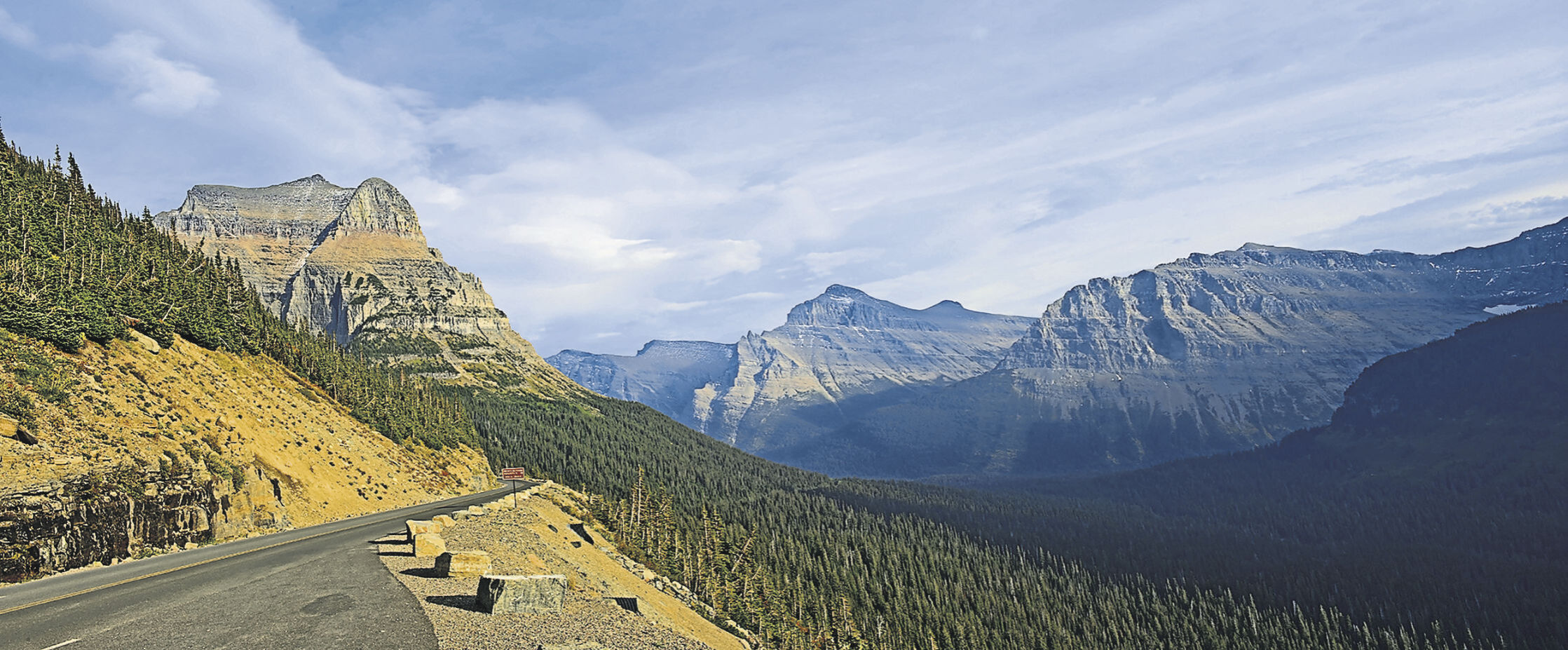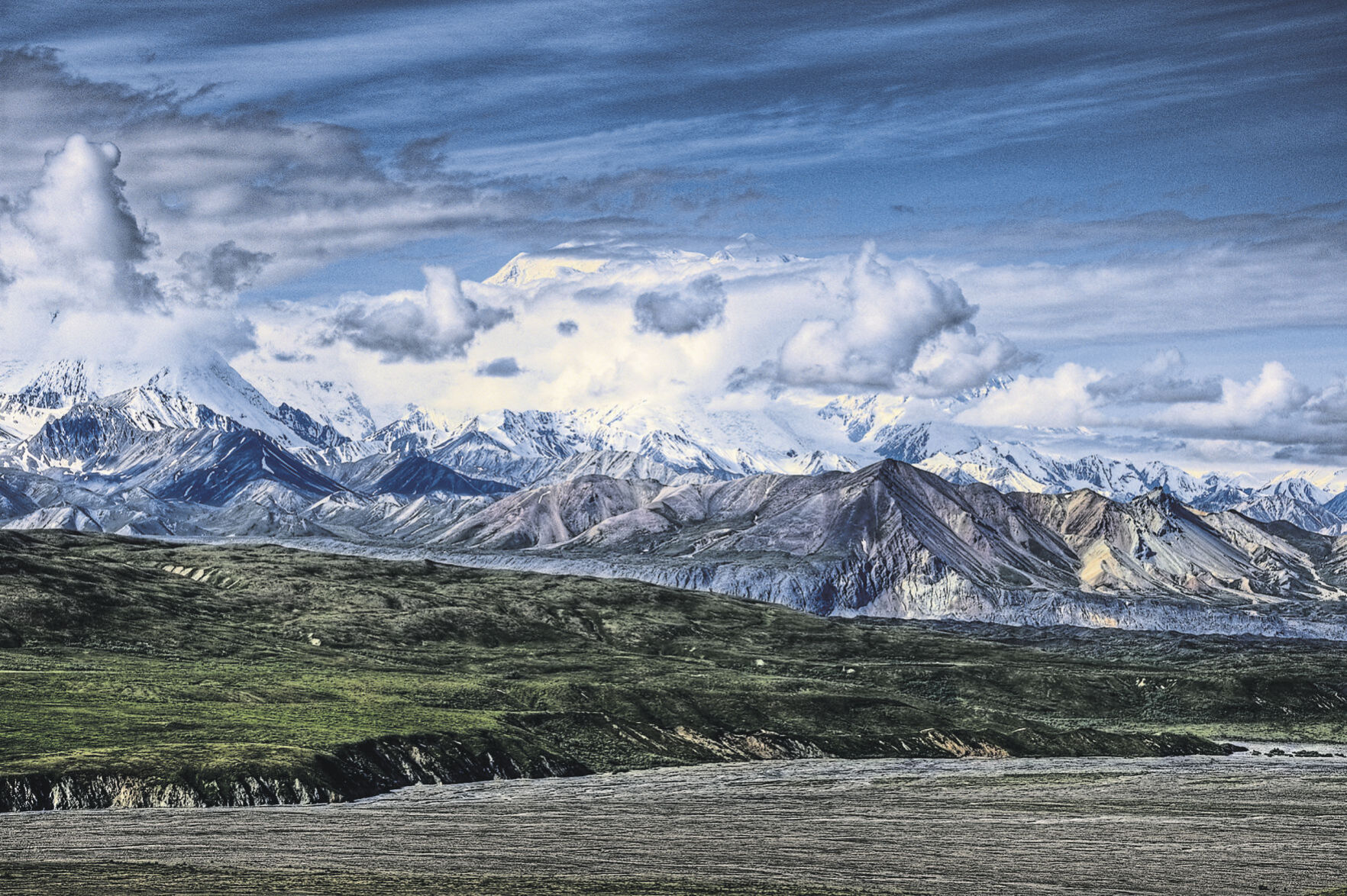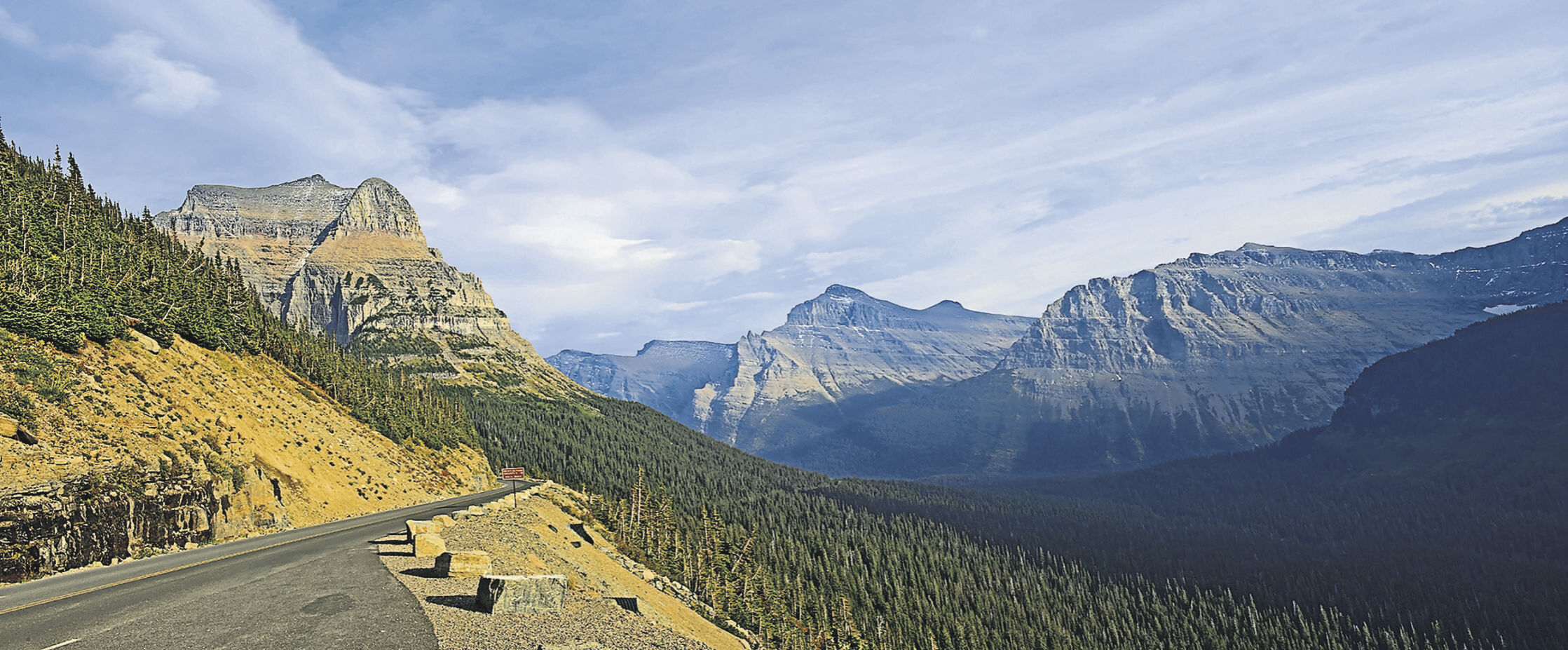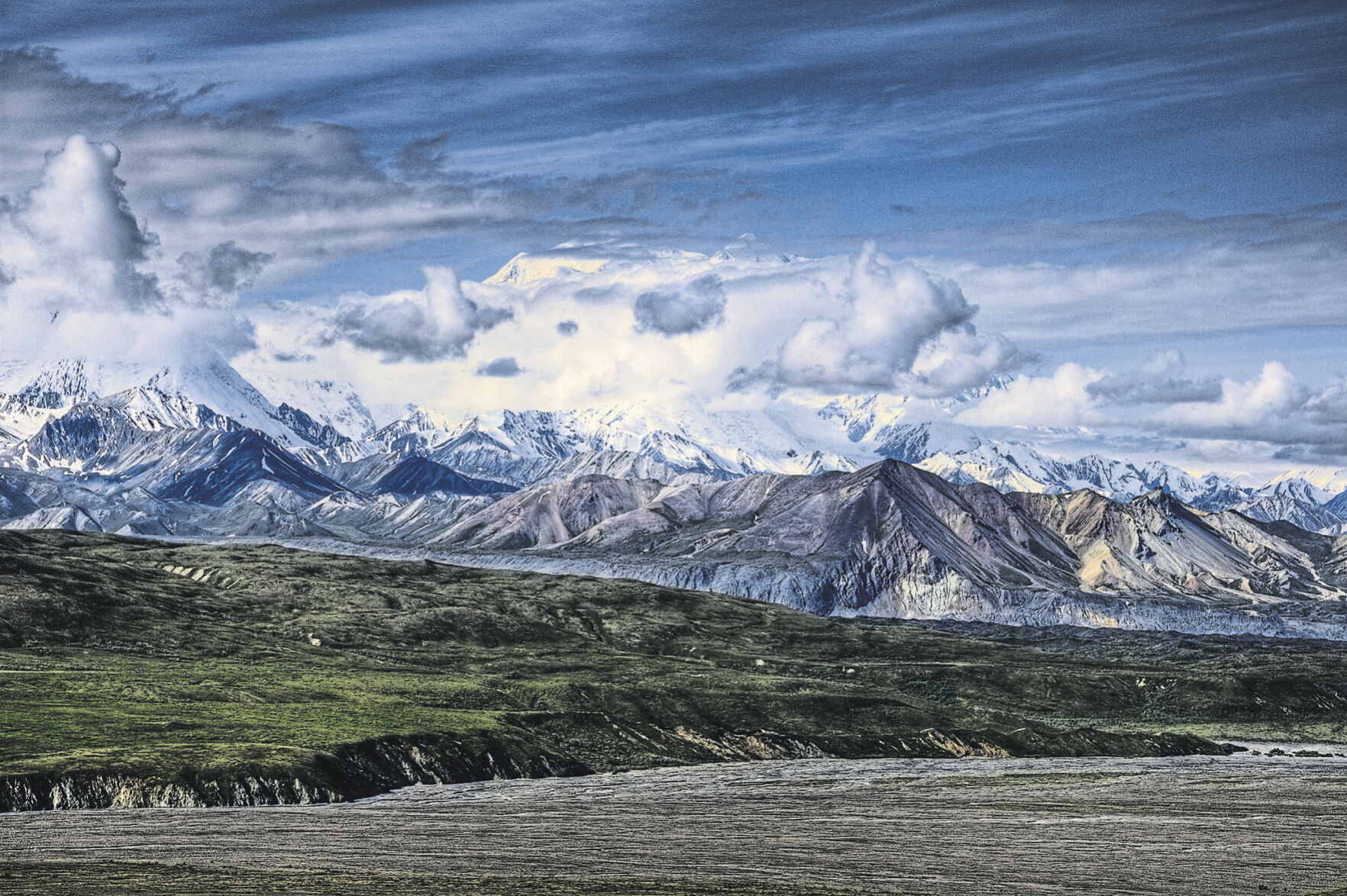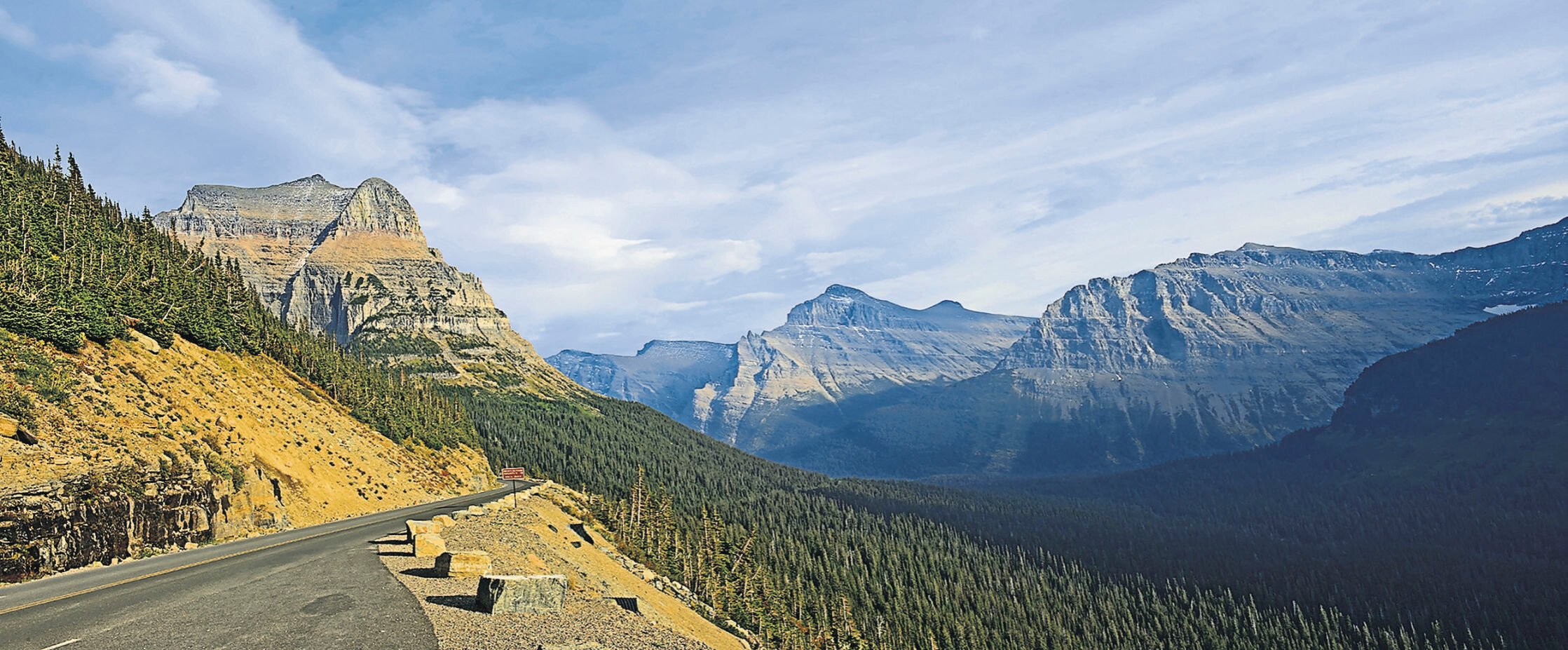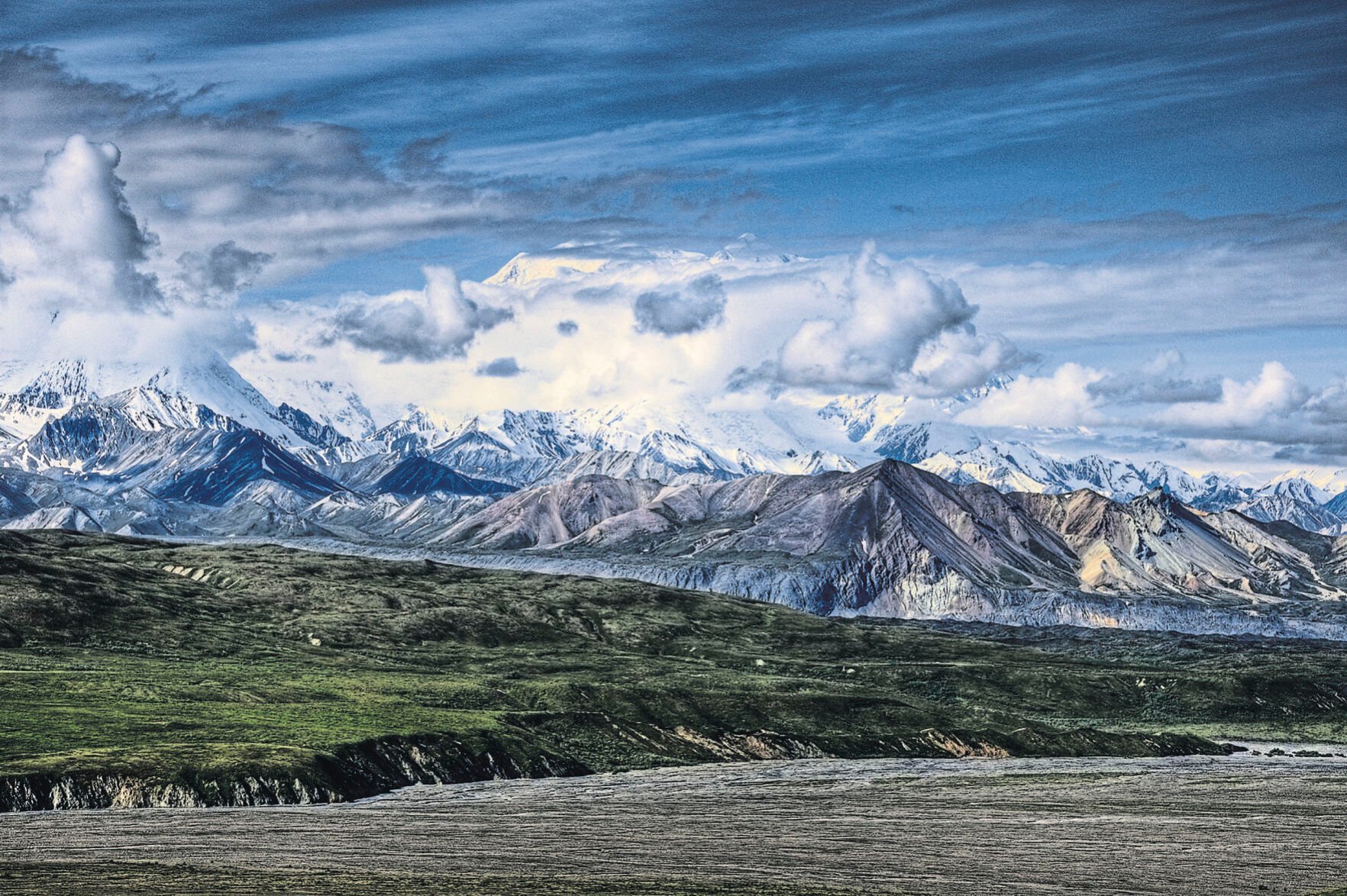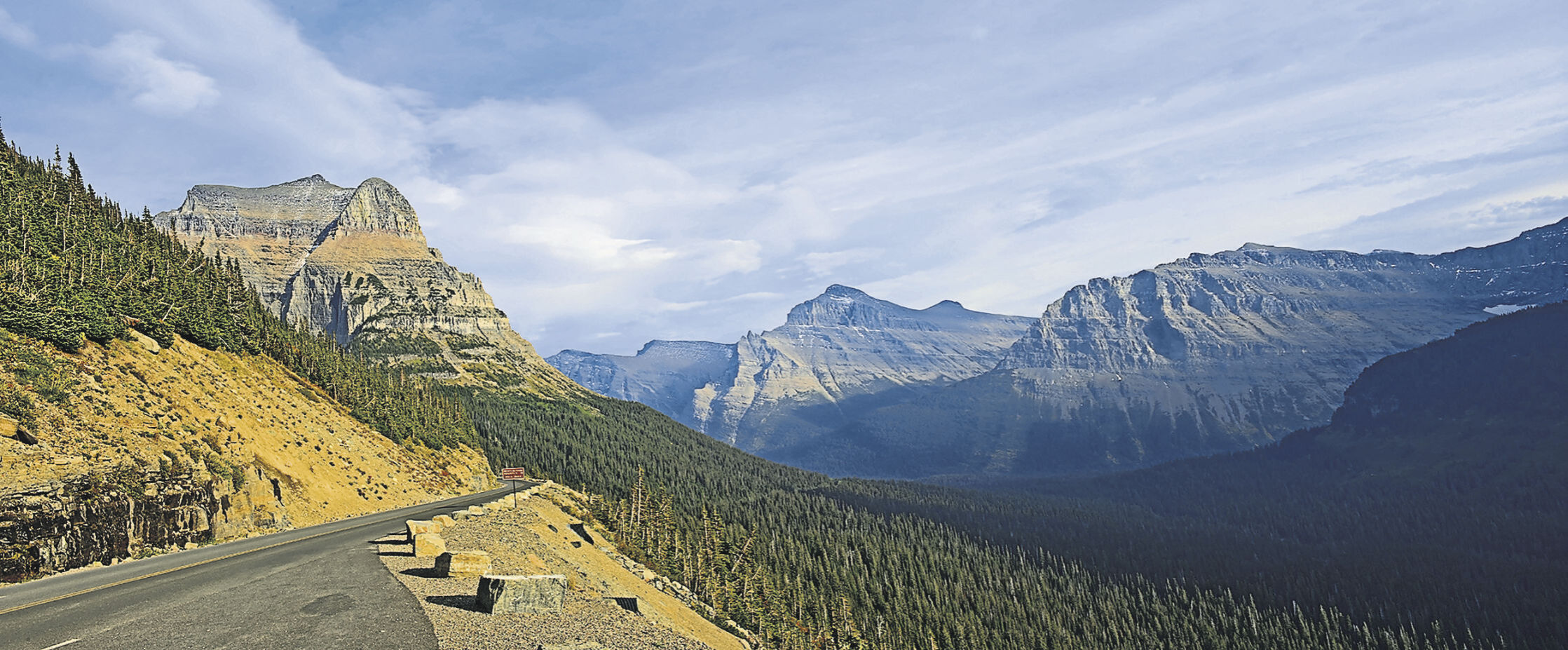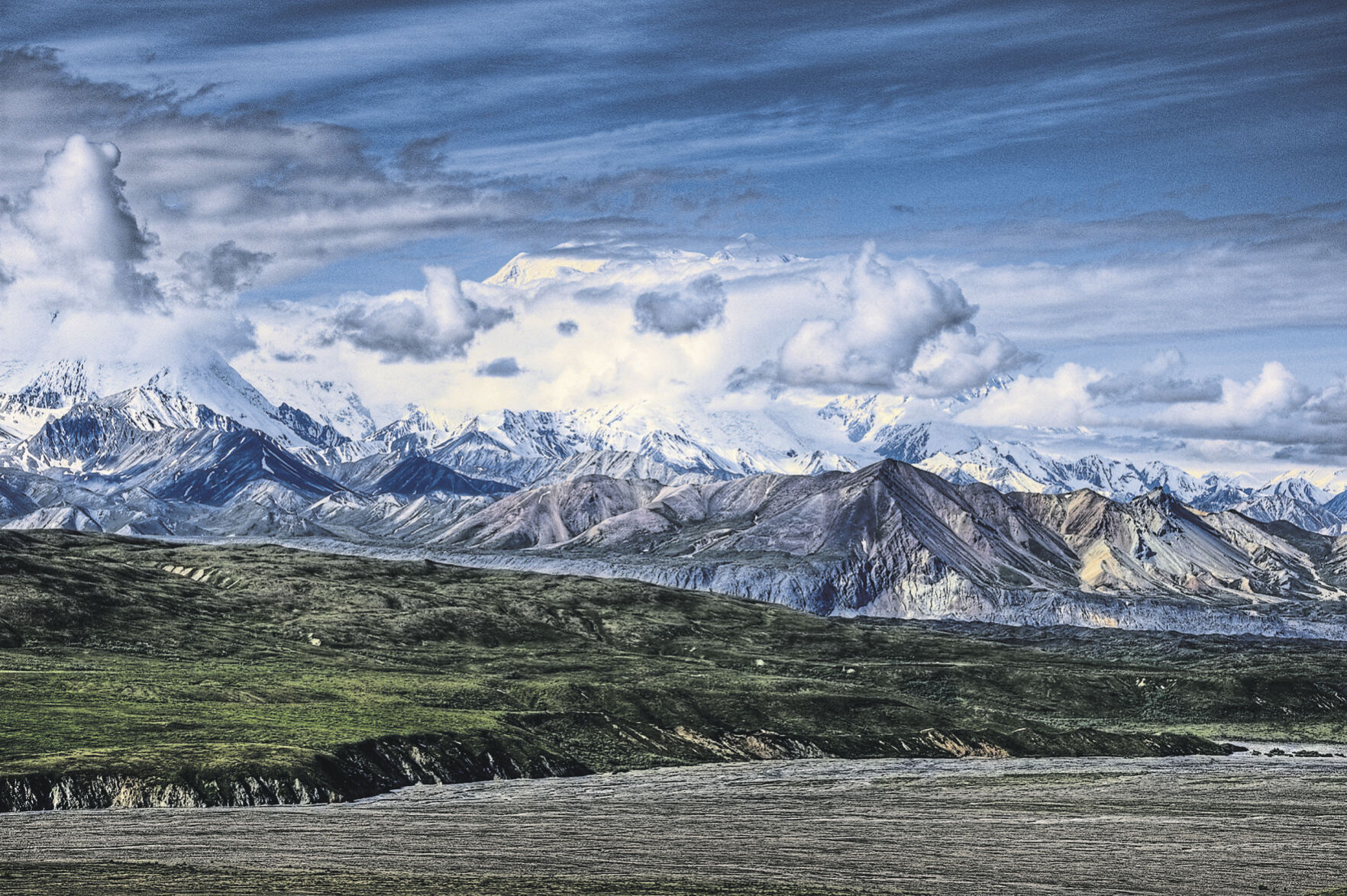At airports across the country, security checkpoints are newly abuzz. Car rentals are selling out. Gas prices are rising as road trips rev up.
Travel search website Kayak is seeing a steady rise in queries for summer travel. As more Americans get fully vaccinated, they are casting aside cabin fever, and for the first time in more than a year, acting on their visions of vacations.
This will be the summer to dive into America — maybe literally, in one of our oceans or lakes.
Travel to many overseas destinations remains restricted. Returning to the U.S. from any other country requires a negative COVID-19 test. The Centers for Disease Control and Prevention issued a green light, then quickly shifted it to yellow when it clarified that while fully vaccinated people can travel, the agency doesn’t recommend it.
Meanwhile, airlines facing a loss of business travelers are aiming their fleets at leisure destinations this summer. The situation means that domestic travel is hot.
Fortunately, Americans can hike across a glacier, watch the sunrise from atop a volcano, loll in Atlantic or Pacific waves and roam fascinating back roads — and never leave the country.
We’ve pulled together our top picks for summer 2021, from east to west. Some of these destinations are easier than ever to get to, serviced by new airline routes. All offer what many travelers are seeking: Wide-open spaces or restorative outings in nature. See you on the road.
Glacier National Park
After you drive for hours under Montana’s Big Sky, the Rockies suddenly, stunningly appear like a wall on the horizon. Dubbed “The Crown of the Continent,” regal Glacier National Park is where snow-capped Matterhorn peaks, Pacific rainforest, northern woods and arid plains collide; where grizzlies, black bears, mountain goats, moose and elk coexist.
In summer, melting snow fields form cascades down stark cliff walls, feeding blue-green glacial lakes. (Those waters flow in three directions: To the Pacific and Arctic oceans and the Gulf of Mexico.) It might take a lifetime to explore all of this on the nearly 700 miles of trails — but you can start.
Established in 1910, the country’s eighth national park got a tourism boost as Minnesota’s James J. Hill sought to promote it as “America’s Switzerland,” forging a rail link between St. Paul and Seattle and building Swiss chalet-style lodges that bustle today.
In 1932, the park opened the 50-mile Going-to-the-Sun Road, one of America’s great drives with hairpin turns, stone bridges and tunnels, and vertigo-inducing lookouts. A visitor center at chilly Logan Pass marks the Continental Divide. With advance reservations required this summer, and the glaciers disappearing due to climate change, this might be the year to dive deeper into Glacier than ever before.
Don’t miss: A vintage Red Bus Tour on Going-to-the-Sun Road; hiking the Many Glacier trails; a stay at the classic Lake McDonald Lodge; a drink at the backcountry Northern Lights Saloon.
Note: An advance ticket, or a reservation for an in-park service — lodging, camping, boat rides, guided hikes, horseback rides, bus tours or park shuttles — is required to enter Going-to-the-Sun Road through Sept. 6. Tickets ($2) have been released online up to 60 days in advance. A park pass ($35-$80) also is needed (nps.gov/glac).
Alaska
As the most remote and wild place within the United States, the 49th state tops many bucket lists, even those not zeroing in on the U.S. In Alaska, visitors can trek on an ancient glacier, kayak along shoreline dotted with wildlife in the Inside Passage, hang with bear at Katmai National Park and Preserve and marvel at the immense beauty of Denali, North America’s highest peak.
The state remains the Last Frontier, occupied by more moose and bear than humans. The rugged landscape and lively fishing towns are unlike anywhere elsewhere in the country or beyond, and a visit there is as easy as hopping on a plane. No passport, no currency exchange, just unfettered adventure.
Summertime, when the weather turns warm and the sun barely sets, if at all, marks a great time to visit. And this summer could be exceptional. Fewer cruise visitors will be disembarking at port towns, making Alaska’s wide open spaces more open than ever.
Whether cruises sail to Alaska from Seattle this summer remains an open question since current law requires stops in Canada, and that country has banned cruise ships. A legislative push to change the law is underway, but several cruise lines already have written off their 2021 Alaska cruises. For adventure seekers and wildlife lovers, Alaska promises an extra chill getaway in 2021.
Don’t miss: This summer, visitors in private vehicles will be able to gaze at Denali practically in its shadow. Denali National Park is offering access to a rest stop 15 miles closer to the famed peak than in previous years. A limited number of the Teklanika Road Permits are available at recreation.gov.
Note: Visitors should arrive with a negative COVID-19 test and register with the state or receive a test upon arrival and maintain social distancing until they receive their results.
U.S. Virgin Islands
With three main islands and 50 smaller cays, there is a lot to see in the USVI. Why not go island-hopping via ferry or flight and get a taste of them all? Better yet, charter a boat, and sail this paradise in the Antilles. St. Thomas, the most popular entry point, has a little of everything: White sand beaches, rocky hills, luxury resorts and dining and shopping in the port town of Charlotte Amalie.
Next door, St. John is the quieter isle, home to Virgin Islands National Park with its jungle hiking, snorkeling and the acclaimed beach at Trunk Bay. Farther south, St. Croix is bigger and broader and formed from coral — and it’s the home of Cruzan Rum, served throughout the islands.
A Caribbean escape often is a winter pursuit, but the U.S. Virgin Islands have a few things going for them right now: Hurricane season’s peak period is August through October. They’re open to Americans with a negative COVID-19 test, and you won’t need a test to return.
The U.S. territory has had fewer cases per capita than every state but Hawaii, and they’d like to keep it that way, with a strict mask mandate, even on beaches. The isles also have made great progress in rebuilding after the devastating hurricanes Irma and Maria in 2017, when many hotels were destroyed. And with the usual cruise traffic curtailed, you just might have more of the beach to yourself.
Don’t miss: Locally sourced Caribbean chowder and curries; climbing the historic 99 Steps on St. Thomas; hiking at Virgin Islands National Park; snorkeling or diving at Buck Island Reef; horseback riding on St. Croix.
Note: Visitors must submit proof of a negative COVID-19 test, taken within five days of arrival, at usvitravelportal.com.
Martha’s Vineyard
The Kennedys and Obamas famously visited Martha’s Vineyard, but so did Grant, Coolidge, Franklin Roosevelt, Nixon and Clinton. Sure, that is rarefied presidential air — but it’s the salty air that counts. Most visitors to this triangular island just south of Massachusetts’ Cape Cod come for the beaches and the laid-back lifestyle, away from the mainland.
But they also get protected woods and marshes, villages of gingerbread cottages and clapboard mansions, harbors lined with working fishing boats and towering sailboats and a sandwich that defines summer in New England, the lobster roll. It is a beachy escape enveloped in pure Americana.
Six distinct villages dot the island. Based on old seafaring terms borrowed by islanders, the towns are either up-island or down-island. For the nautically naive, up-island means west and down-island means east, because the whaling ships that once dominated the harbor “headed up” when traveling west.
Up-island towns include Chilmark, West Tisbury and Aquinnah, where the Gay Head Lighthouse marks the westernmost spot. Down-island places include Edgartown, the oldest town; Oak Bluffs, an early enclave for freed slaves and now the island’s tourist hub, and Vineyard Haven.
Don’t miss: For a nighttime sugar fix, head to the back door of Back Door Donuts, in Oak Bluff, where doughnut business by day is conducted in the storefront, but out the back door at night, a quirky, long and delicious tradition. Martha’s Vineyard Agricultural Society hosts the annual Livestock Show & Fair, slated for Aug. 19-22 in West Tisbury.
Note: Not all beaches are open to the public and all are carry-in and carry-out, which means you take your trash with you when you leave. Visitors to Massachusetts who have been fully vaccinated or have had a negative COVID-19 test 72 hours before arrival are good to go; others are urged to quarantine for 10 days.
Sleeping Bear Dunes National Lakeshore
Get a new perspective on the Great Lakes — from 450 feet above the shores of Lake Michigan. Towering bluffs of sand along 65 miles of Michigan coastline are the most famous feature of Sleeping Bear Dunes, celebrating its 50th anniversary as a national lakeshore a year late due to the pandemic.
As you ascend the aptly named Dune Climb to one of many panoramic overlooks, it’s easy to see why these wind-carved mounds reminded the Anishinaabe of a giant ursine slumberer. With all that sand, you can almost always hike to your private stretch of beach, most refreshingly under the July and August heat. Take a canoe out on one of two rivers, the inland Loon Lake or — for experienced paddlers — turquoise Lake Michigan.
To get even more socially distant, ride the ferry from Leland, Mich., to the park’s Manitou Islands (aka the two legendary “cubs” of Sleeping Bear). The 15,000-acre North Manitou is a newly designated wilderness area with backcountry campsites and miles of trails. The smaller South Manitou has visible historic shipwrecks and (ironically) the park’s only lighthouse, an 1872 beauty.
Thirty miles across Lower Michigan’s “Little Finger” is Traverse City, the Cherry Capital, also known for wine, beer, restaurants and quality of life. The National Cherry Festival is set for July 3-10.
Don’t miss: Stargazing under dark skies; searching for Michigan’s famous Petoskey stone, a fossilized coral; inland lakes, bogs and streams; brewery hopping in Traverse City.
Note: Michigan has had the country’s highest rate of COVID-19 cases. Check media and government reports for the latest information before traveling.
Mississippi Blues Trail
When Robert Johnson sold his soul to the devil at a crossroads in Clarksdale for a chance to play the blues, as legend has it, he chose well. The town in the Mississippi Delta now has more juke joints than any other in the region, and it is home to the Delta Blues Museum.
The Blues Highway, aka Route 61, passes through small towns and by important sites roughly parallel to the Mississippi River, but the Blues Trail best represents the importance of the entire region in the realm of musical history. It is a constellation of markers concentrated on the river’s alluvial plain.
Among the more than 100 places with markers are Ground Zero Blues Club and the Delta Blues Museum in Clarksdale, Club Ebony and the B.B. King Museum in Indianola, Dockery Farms in Cleveland and the Blue Front Café juke joint in Bentonia. In Tunica, the Gateway of Blues Museum is not far from the Hollywood Cafe, where fried green tomatoes, catfish and pecan pie are on the menu.
Don’t miss: Check out the 44th annual Mississippi Delta Blues and Heritage Festival, slated to take place in Greenville, Miss., Sept. 18.
Maui
Hawaii’s second-largest island tops the list of places Americans want to visit post-vaccine, according to a survey from flight-deal website Scott’s Cheap Flights. One of the top reasons: It’s pure tropical paradise, a dot in the Pacific but part of the U.S.
More than 120 miles of shoreline and 80 sandy beaches ring the island, while colorful fish dart among the coral reef just offshore. There’s sheltered Kapalua Bay, with gentle waves; Napili Bay, great for snorkeling; and Makena Beach, where body surfers ride the waves.
Summer just could be the best time to go. Through November, the islands see less rain and warmer temperatures.
Before you settle into the new time zone, wake up early and watch the sun rise atop Haleakala, the largest dormant volcano in the world.
Don’t miss: Consider a trip upcountry, which has a goat farm, a lavender farm and quiet towns. Also, look for a hotel that engages with a program called Malama, which means “care for” in the native language. Visitors volunteer by planting trees or making Hawaiian quilts for needy elders. At some hotels, the reward is a free extra night.
Note: Across Hawaii, travelers must show proof of a negative COVID-19 test taken within 72 hours of departure to the islands or quarantine for 10 days. Maui officials require a free rapid test upon arrival at Maui’s airport for anyone on trans-Pacific routes, including from the mainland. Visitors also must download the AlohaSafe Alert app on their mobile phones or face a mandatory 10-day quarantine.
Kerri Westenberg and Simon Peter Groebner write for the Star Tribune.

